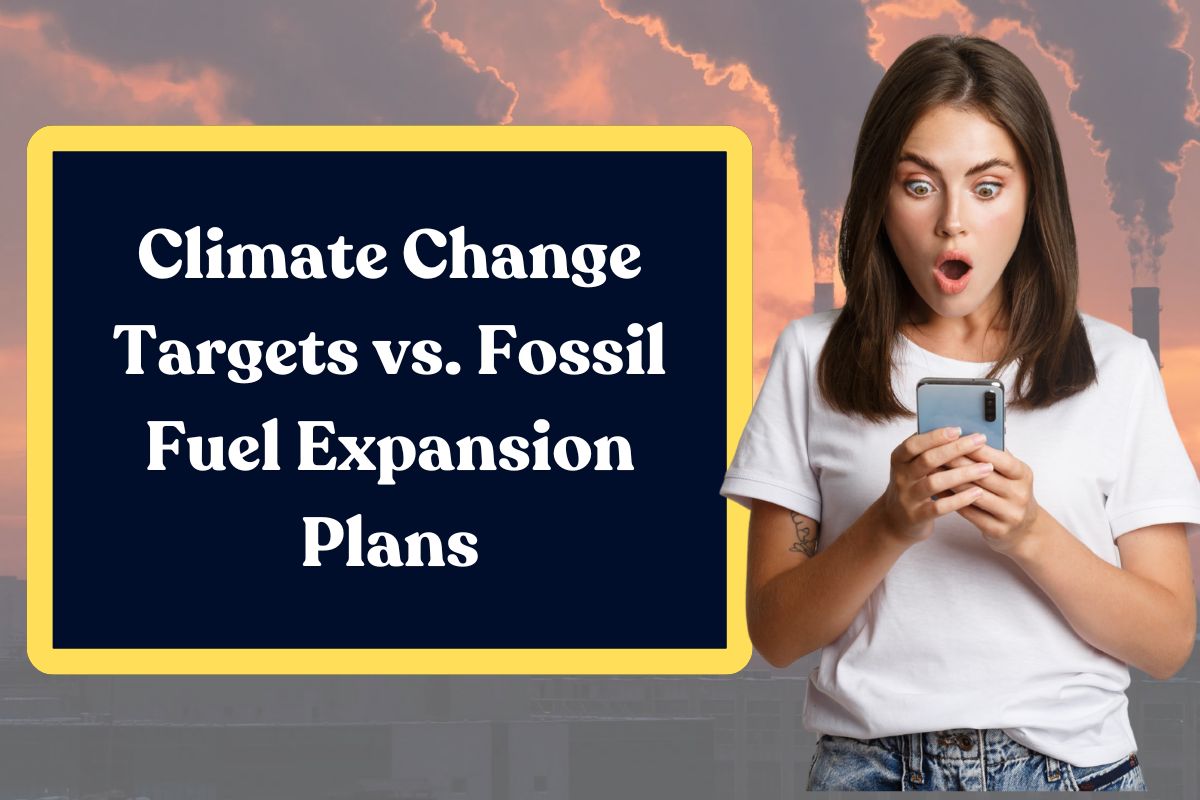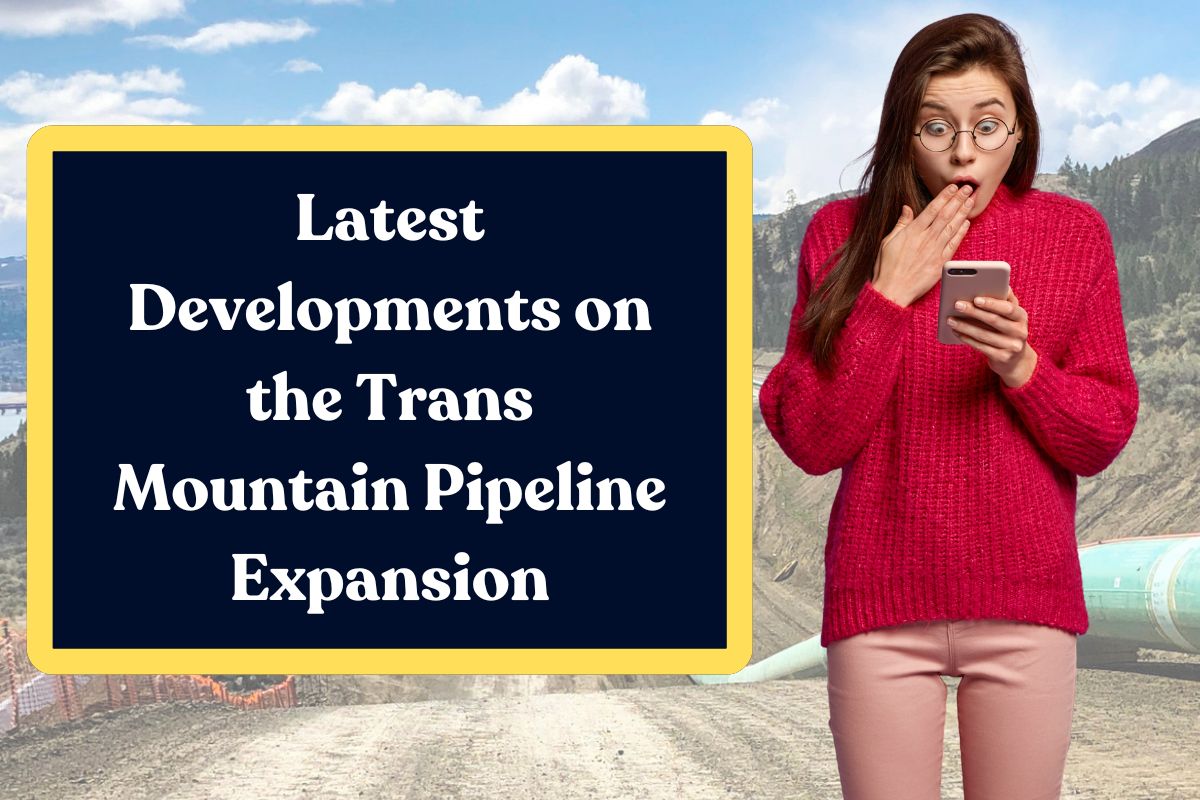The expansion plans for fossil fuels and the climate change targets are currently on a collision course. While many nations planned to limit global warming to 1.5°°C and achieve net zero emissions, the government is still simultaneously planning to produce more fossil fuels, which is inconsistent with those targets. This highlights a major conflict between the ambition to make changes in the climate and continued reliance on fossil fuels.

Let’s take a look at this blog to know more about Climate Change Targets vs Fossil Fuel Expansion plans in the blog below:
Fossil Fuel Expansion Plans
Fossil Fuel refers to the increased consumption of fuels like natural gas, oil, and coal. It also includes the development of the new extraction projects that include extraction projects, export terminals, and pipelines, and a continued dependency on fossil fuels for energy generation.

Even after the renowned negative effects of the fuels, many countries invest in expanding their production capacity, which is a bad thing. Let’s take a look at the fossil fuels expansion plans that have been set:
Continuous Production of Fossil Fuels
Despite the commitments of the US in reducing emissions, the government has ongoing planned expansion plans for fossil fuel production, especially in the case of oil and natural gas. They are committed to improving the drilling efficiency and the continued extraction of the fuels in the major areas where they are found in abundance, such as the Permian Basin.

LNG Exports
The US is planning to expand its liquefied natural gas production (LNG), aspiring to maintain its position as the world’s largest exporter of LNG. The US government has started several new export facilities that are currently under construction.
Once they start using it, it will lead to a substantial increase in the export capacity. This was driven by growing global demand for natural gas around the world. Also, the new liquefaction facilities were developed by the US.

Fossil Fuel Subsidies
The US government is on its way to increasing its fossil fuel subsidies even more. It currently consists of both direct and indirect forms that are estimated to be in hundreds of dollars annually. These subsidies further take the form of tax breaks. Undercharging of health and environmental costs, direct payment to producers, and costs associated with the use of fossil fuels.
The government is planning to provide subsidies to various mechanisms, such as royalty rates on federal banks, tax breaks for fossil fuel communities, and royalty rates on federal lands.

Carbon Capture and Sequestration (CCS)
The CCS projects are planned at various gas, oil, and petrochemical facilities. Such projects entail the capturing of CO2 from industrial sources, from the factories or power plants, and storing it underground, irrespective of it being inside geological formations.
This is done with the intention of either mitigating climate change by keeping the CO2 out of the atmosphere. Currently US is administering various CCS facilities that are operating in the US, to capture maximum CO2 during endeavors to elevate the production and recovery of oil.
Climate Change Targets of the US
The United States has always been good when it comes to making plans for earning profit. The government of the country has made plans to improve the climate. Their climate change targets are:
2030 Target
The US declared that it is going to make efforts to reduce the overall greenhouse gas emissions 2030 by 50-52%.
2035 Target
As per the recent update, it was announced that December 2024 a goal set by the United States aims to cut the economy-wide net greenhouse gas emissions by 61-66% below 2005 levels by 2035.
2050 Target
The US has also committed itself to achieving a net-zero emission economy by 2050.
Specific Sector Goals
- Electric Vehicles: The goal is to have a maximum percentage of electric vehicles by 2030.
- Clean Electricity: The US aims for clean electricity, which means making the environment carbon pollution-free by 2035.
Can the Changes Happen?
The United States was planning a significant expansion of fossil fuel production, particularly in the case of its investments in gas and oil, even after its commitment to reduce emissions driven by increased production of gases, such as liquid natural gas and export capacity. If this keeps up, then it could get difficult, and the US government might not be able to achieve its goals.
To stay within the limitation radius of the 1.5 c warming limit. The global fossil fuel production would need to reduce the fossil fuel production by 30 % by 2030. However, the way the United States government plans for investment in fossil fuels can pose major challenges that might not lead to the anticipated reduction. Therefore, looking into all that, there is an urgent need for a dramatic shift of the United States towards renewable sources of energy and reducing the excessive use of the production and extraction of fossil fuels.
Cons of an Increase in the Number of Fossil Fuel Gases
An increase in the use of fossil fuels might lead to various harmful consequences in the environment, negatively impacting people worldwide. Let’s take a look at the cons of it to know more:
- If fossil fuels are largely burned the it would lead to the release of greenhouse gases, especially carbon dioxide in abundance. It would trap the heat in the atmosphere and would cause global warming, leading to extreme global events, rising global temperatures (heat waves, droughts, melting the ice sheet and glaciers, in turn leading to a sea level rise.
- The combustion of fossil fuels leads to the release of harmful pollutants like sulfur dioxide and nitrogen oxides, leading to serious illnesses such as cardiovascular diseases and other health problems.
- The accidents that happen during the transportation and extraction of the oil can result in serious consequences, putting the marine life in coastal ecosystems in danger.
- Climate change and habitat destruction resulting from fossil fuel use and extraction contribute to biodiversity loss and species extinction.
- The continuous use of fossil fuels might lead to depletion, which could potentially cause energy crises shortly.
Final Thoughts
The main focus of the United States was to lessen the greenhouse gas emissions, but looking at their Fossil Fuel Expansion plans, it doesn’t seem like they will be able to do it. However, the US government is very smart and cares about the well-being of the climate, so they are going to be able to achieve both their climate change and fossil fuel expansion plans with certain strategies that you might get to know later.






